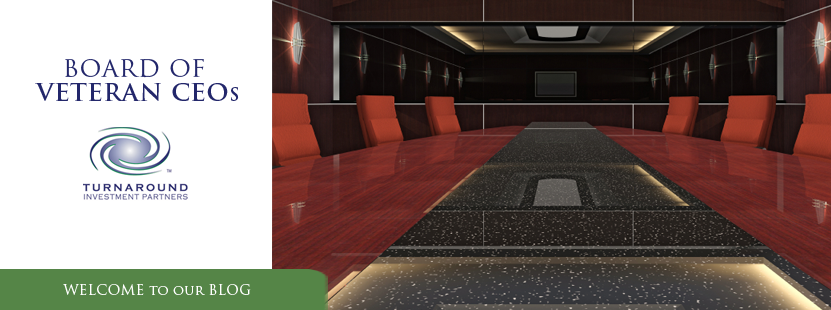From the perspective of business
executives, there are two ways to grow an enterprise: build or buy.
They ask whether it is appropriate
to build a new business idea, product or service from scratch. Or should the company buy an existing
corporation that already provides the desired product or service?
The answer to that question: it
depends. Either way, the solution is never simple.
Often, purchasing another
organization is an
expensive way to grow. To start, buyers need to conduct due
diligence, scrutinizing the minute details of financial and operational
efficiencies. They investigate questions like, is the enterprise
profitable? Does it own real
estate? If not, is it paying too
much for a lease? When does the
lease end? Is there a union? Is the union friendly or
antagonistic? What terms has the
union negotiated? Does the
business entity have debt? How
expensive is the debt? Does it
have shareholders? How efficient
is operations? How strong is the
management team? Does the company
own intellectual property? Is the
geographic location ideal? This is a comparably short list of items that need
to be assessed before buyers consider purchasing a firm.
Money is also a large factor during
this due diligence process. If the research highlights a number of concerns,
the buyer may opt to back out, even after investing funds into researching the
acquisition. Then again, a
troubled company can be an opportunity for it allows buyers to acquire a problematic
company at a discount. If the buyer has the resources to fix it, the
acquisition can provide many rewards. These benefits can range from geographic
location, patents, client base, real estate, plant and equipment or talent.
Assuming the financial and
operational due diligence is attractive, there has to be an agreement on the
purchase price and how the money is paid to the owner and/or shareholders. This
is a critical step as there are owners who possess 100% of the company’s stock. If he or she is paid a lump sum, (for
example $20 million), it may incentivize the owner to relax and decrease
productivity. Without the need to work as hard as before, the buyer may expect
lower company performance and/or a decrease in the purchased firm’s value.
The other risk factor in acquisition
is corporate culture. Firms like GE have a philosophy: when we buy you, you
will do things the GE way. Often like GE, the acquirer attempts to integrate
two cultures into one organization. However, the process can be the most
expensive part of a merger or acquisition. The Harvard Business Report says
70%-90% of mergers and acquisitions fail or never fully realize their intended
value. In some cases when the
acquisition fails, the buyer sells the acquired company for less than what it
was purchased.
With that said,
there are times when building rather than buying is appropriate. Bob Weissman,the former Chairman & CEO of Dunn & Bradstreet (D&B) is a prime
example. During his tenure, he spun off a number of subsidiaries from D&B,
like Nielson Ratings. In addition, he started companies from scratch, like IMS
Health and Cognizant Technology. Back in 1994, he started Cognizant with 42
people from inside D&B. Today, it employs over 200,000 people and trades on
the NASDAQ stock exchange as a spin off from D&B. IMS Health was also spun
off and trades on the NYSE.
While not every opportunity to build
will be as successful as the D&B stories, the idea of growing it at home
allows for more control.
Notwithstanding, it is imperative that the homegrown enterprise is
managed well by a strong team of executives. Without sufficient resources to hire top talent and make
capital infusions, the idea of building can be a long process with mediocre
success. Moreover, new ideas within an existing company can be overshadowed by
current business. In many cases, there is a struggle to innovate in large
corporations as employees will kill the new initiative.
As you can see, the question of
build or buy is not a simple one. Buying is like instant mix and stir. You buy
a company that is already doing what you want, except the challenge is post
integration. Building avoids the
need for an integration process.
The parent company becomes like a private equity firm that funds
internal projects that can possibly be spun off. To do this, you need talent, great organization, capital and
a huge commitment from the CEO that says this initiative is important. Which would you choose?
What do you think? I would love to hear your feedback and I’m open
to ideas. Or if you want to write me about a specific topic, let me know.


No comments:
Post a Comment